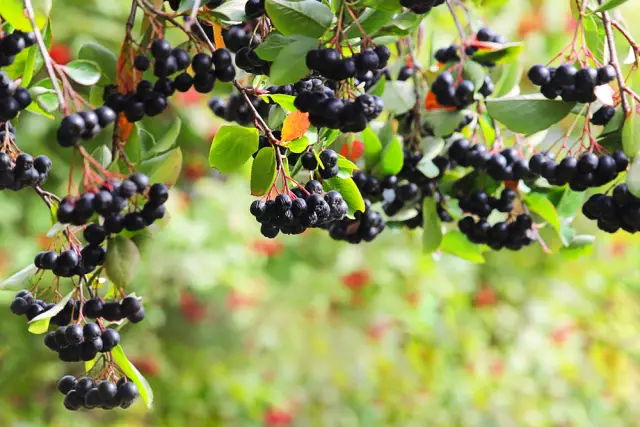- Author Rachel Wainwright [email protected].
- Public 2023-12-15 07:39.
- Last modified 2025-11-02 20:14.
Bupleushka
Instructions for use:
- 1. Chemical composition
- 2. Useful properties
- 3. Indications for use
- 4. Contraindications
- 5. Home remedies

Bupledushka is a perennial herb of the Umbrella family. Three types of bullocks are of medicinal value - golden, goat-leaved, multi-veined. Preparations based on these types have a choleretic, anti-inflammatory, antiseptic, antipyretic, analgesic, wound healing, capillary-strengthening and antitumor effect.
Chemical composition
The healing properties of the plant are due to its chemical composition.
It has been reliably established that the bullock (depending on the species) contains:
- Golden - flavonoids (isoramnetin, quercetin, rutin, isoquercitrin, rutinoside), saponins, tannins, carotene, vitamin C;
- Multicore - flavonoids (quercetin, isoramnetin, isoquercitrin, rutin);
- Goat-leaf - saponins, alkaloids, phytosterols, tannins, carotene, vitamin C, coumarins, essential oil, flavonoids (isorhamnetin, quercetin, rutin, narcissin, kaempferol), phenol carboxylic acids (ferulic, chlorogenic).
Beneficial features
The leaves, stems and flowers of the plant are of medicinal value. Their beneficial properties are used in both traditional and official medicine.
The drug Buplerin obtained from the bundle of the multicore is used in pharmacotherapy as a capillary-strengthening agent in the treatment of cardiovascular and infectious diseases. Also, the effect of the drug to strengthen blood vessels and reduce capillary permeability is used in eye surgery.
In folk medicine, decoctions and infusions are used as a hepatoprotective, detoxifying and choleretic agent in the treatment of the liver and gallbladder. Under their influence, there is an increase in the secreted bile, a change in its chemical composition, and the cleansing of the body from cholesterol.
Preparations from the plant have an effect on enhancing the secretory activity of the pancreas.
The curative effect of the hairs is used to treat inflammatory processes in the genitourinary system, impotence.
Due to its antipyretic and anti-inflammatory properties, the plant is used for fever, tuberculosis, flu and colds.
Broths are taken for severe headache, dizziness, kidney disease, nervous system, as well as a stimulant and laxative.
For the treatment of purulent wounds and boils, steamed dry or fresh grass is used externally for lotions, decoctions for washing, and powder from a plant for powders.
Indications for use
Diseases / conditions for which drugs are used from hair follicle: cirrhosis of the liver; hepatitis (viral or toxic), cholecystitis, cholangitis, biliary dyskinesia, flu, fever, pneumonia, tuberculosis, hypertension, cystitis, nephritis, headache, neurosis, impotence, epilepsy, radiation sickness, rheumatism, constipation, purulent wounds, furunculosis.
As a preventive measure, it is useful to drink teas and decoctions, they have a tonic and tonic effect.
Contraindications
- Ulcers of the stomach and duodenum;
- Gastritis;
- Gallstone disease (cholelithiasis);
- The period of pregnancy and breastfeeding;
- Early childhood;
- Individual intolerance to the chemicals that make up the plant.
Before starting use, you should consult your doctor.
Home remedies from bullocks
Broth of goat leaf follicle: pour 5-10 g of grass with 200 ml of boiling water, soak in a steam bath for 15 minutes. Remove from heat, leave for 45 minutes and strain. For diseases of the gallbladder and liver, drink 100 ml 30 minutes before meals 3-4 times a day. As an external agent it is used to wash inflamed wounds.
Tincture: pour 25 g of chopped herbs into 100 g of vodka, shaking occasionally for 30 days in a cool dark place, strain. For the treatment of liver diseases, take 25-30 drops 3 times a day.
Infusion: pour 3 teaspoons of herbs with 200 ml of boiling water, insist in a thermos for 4 hours, strain. In the treatment of hepatitis and cholecystitis, take 60 ml warm immediately before meals 3 times a day for 3-4 weeks.
Information about the drug is generalized, provided for informational purposes only and does not replace the official instructions. Self-medication is hazardous to health!






